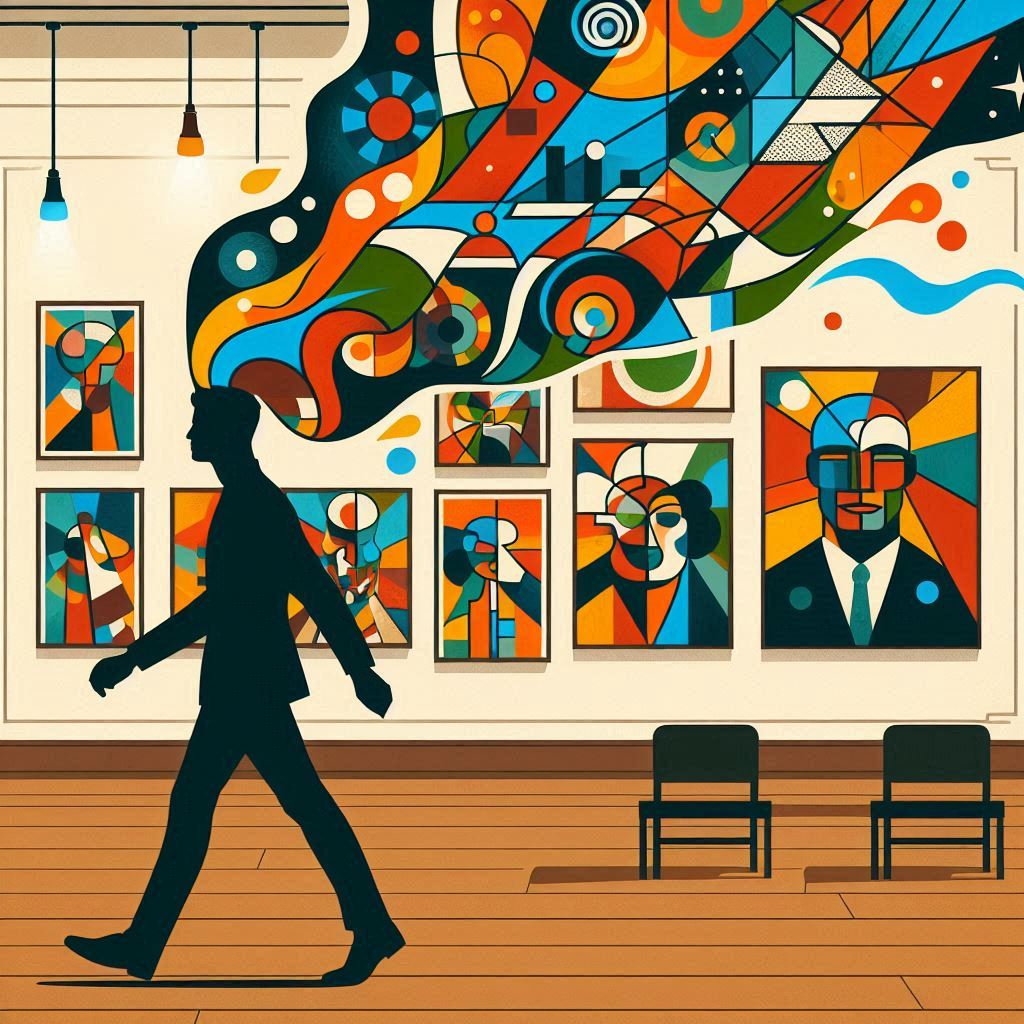Artificial intelligence is no longer just a futuristic concept; it’s rapidly changing the world around us, including the world of art. One of the most exciting developments is the use of AI in creating interactive art experiences. Imagine art that responds to your movements, changes based on your voice, or even evolves over time based on audience interaction. That’s the power of AI-driven interactive art.
Traditionally, interactive art relied on pre-programmed responses. Now, AI allows for much more dynamic and unpredictable interactions. Artists can train AI models on vast datasets of images, sounds, or text, enabling the artwork to “learn” and react in surprising ways. This opens up a whole new realm of possibilities for artistic expression.
One fascinating application is creating responsive installations. Imagine walking into a room where projected images shift and morph based on your movements, creating a unique visual experience for each visitor. AI can analyse your position and gestures, altering the artwork in real-time. This creates a sense of agency and invites the viewer to become an active participant in the art itself.
AI can also be used to generate art in real time. Algorithms can create images or music that evolve and change based on audience input. For example, a musical piece could adapt its melody and rhythm depending on the emotions detected in the audience’s faces. This creates a collaborative experience where the art is constantly being shaped by the people interacting with it.
Another exciting area is the use of AI to create virtual environments. Imagine stepping into a virtual world where the landscape changes based on your voice commands or your interactions with virtual objects. AI can generate realistic or fantastical environments, allowing artists to create immersive experiences that transport viewers to another reality.
But AI isn’t just a tool for creating visual or auditory experiences. It can also be used to tell stories. AI-powered narratives can adapt and change based on the viewer’s choices, creating personalized and engaging storylines. Imagine a digital story where the plot twists and turns based on your interactions with the characters or the environment.
The beauty of AI in interactive art lies in its ability to create truly unique and personal experiences. Because the art is constantly responding to the viewer, no two interactions are ever the same. This fosters a deeper connection between the audience and the artwork, making the experience more meaningful and memorable.
Of course, the use of AI in art also raises some interesting questions. Who is the artist – the human who created the AI, or the AI itself? How do we ensure that AI is used ethically in art? These are important discussions to have as AI continues to play a larger role in the creative process.
Despite these questions, the potential of AI for interactive art is undeniable. As the technology continues to develop, we can expect to see even more innovative and groundbreaking creations. AI is not just changing the way art is made; it’s changing the way we experience art, inviting us to become active participants in the creative process and blurring the lines between artist, artwork, and audience.
